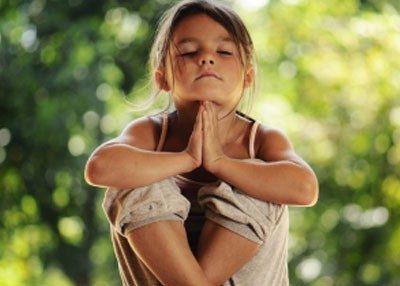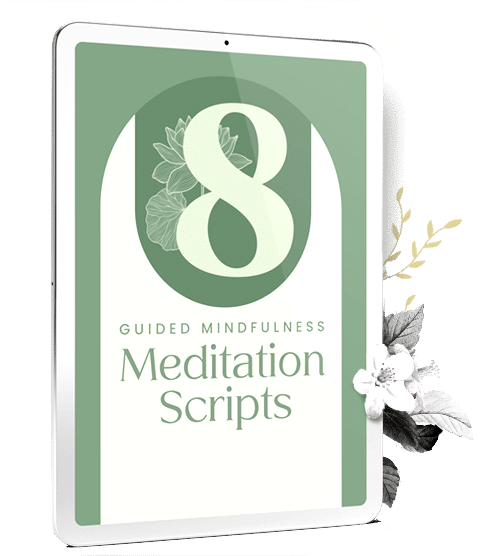Mindfulness exercises for emotionally disturbed kids isn't easy. That's why we created some useful tips and tools to bring mindfulness to you.
 Often times children, in general, are never taught to be mindful or present in the moment. Even adults struggle with this skill. Children who are labeled as having Emotional Disturbance struggle with mindfulness the most. One of the biggest and most common roadblocks for these children are being present in the moment and being mindful of their bodies and emotions. It is so hard to teach a child, whose brain isn’t old enough to be developed yet, to be mindful.
Often times children, in general, are never taught to be mindful or present in the moment. Even adults struggle with this skill. Children who are labeled as having Emotional Disturbance struggle with mindfulness the most. One of the biggest and most common roadblocks for these children are being present in the moment and being mindful of their bodies and emotions. It is so hard to teach a child, whose brain isn’t old enough to be developed yet, to be mindful.
However, I have successfully used 3 mindfulness exercises for kids in my classroom for emotionally disturbed children that have had lasting and profound effects.
Mindful Breathing
This was, by far, the easiest mindfulness exercise to teach. Before any transition the students know to take 5 deep and slow mindful breaths. They focus on each breath and the feelings in their bodies and thoughts in their minds as they go in and out. Many students place their hands on their stomachs or chests in order to promote a tactile sensation.
Mrs. Mindfulness suggests having children say “in” and “out” as they breath, or alternately having the adult saying these words as the children breath. This might be a great idea for those little ones that become easily distracted.
Mind Jar
Mind jars have the potential to be very calming and are very easy to make. One of the more simple mind jars is made of a water bottle with water and glitter inside. You could use a snow globe for an alternative. When a child needs a break or is becoming worked up they can shake the mind jar and watch the glitter settle to the bottom. A good mind jar will usually take about five minutes to settle.
The children are instructed to let their feelings and thoughts settle as the glitter settles. Their feelings and thoughts might be settled at the end of those five minutes or they might not. If they are not settled at least they have become mindful, which is the first step to dealing with them in a healthy way.
Yoga
Yoga is so often used for adults to become mindful, so why not children? I have personally seen yoga turn a class of emotionally charged and angry children to calm and open minds ready to be molded. Yoga has been proven to give children with emotional disturbance a sense of peacefulness, even if only for a moment. It also promotes self-awareness of the body, which can easily be related to self-awareness of feelings and thoughts.
Mindfulness can be a difficult skill to practice and even harder to teach. These 3 exercises could give you a solid start to effectively giving your child this skill, even those with significant trauma and behavioral struggles. For more valuable information on mindfulness contact us.
Find more exercises related to mindfulness with relationships and family here.














